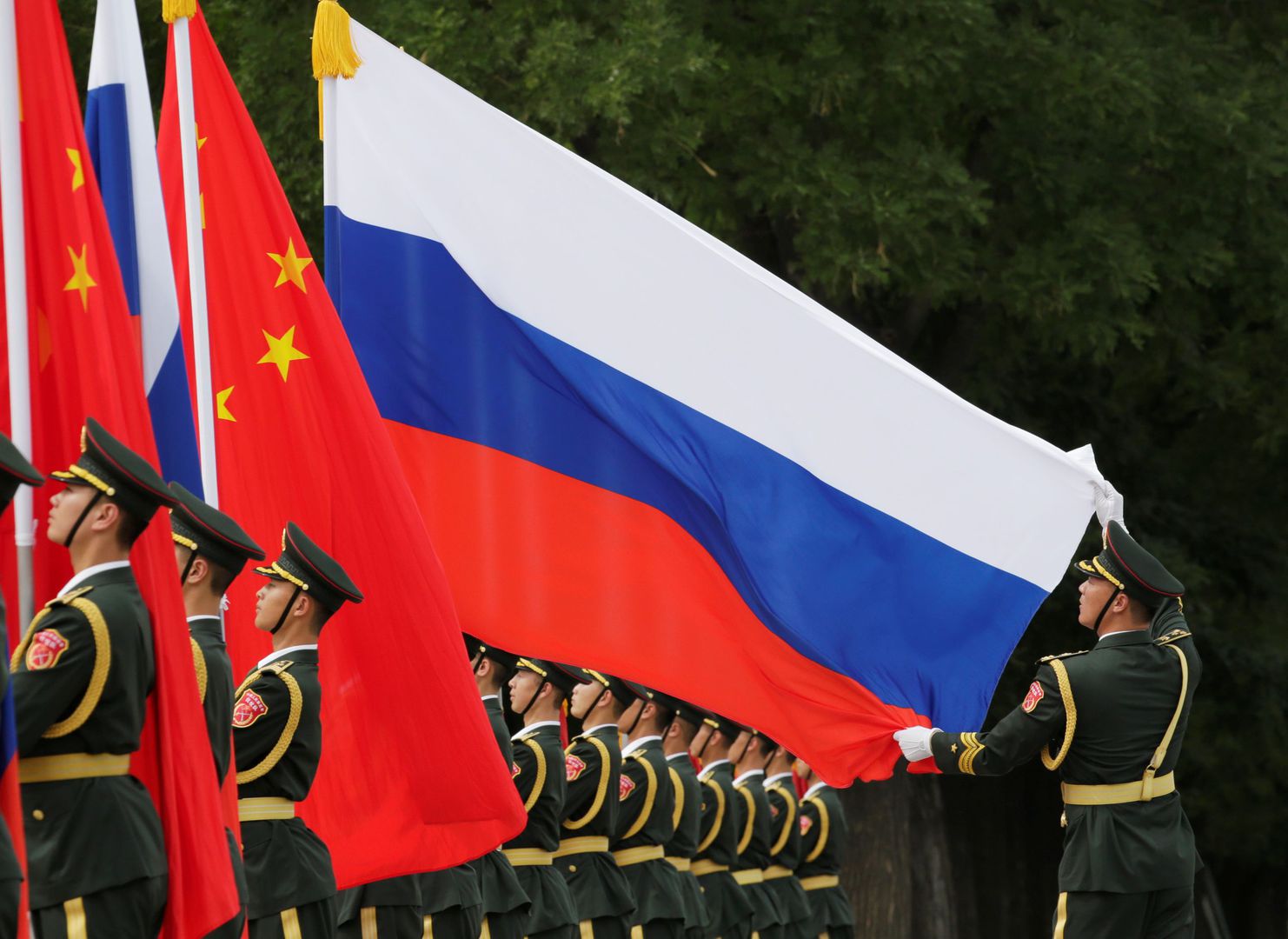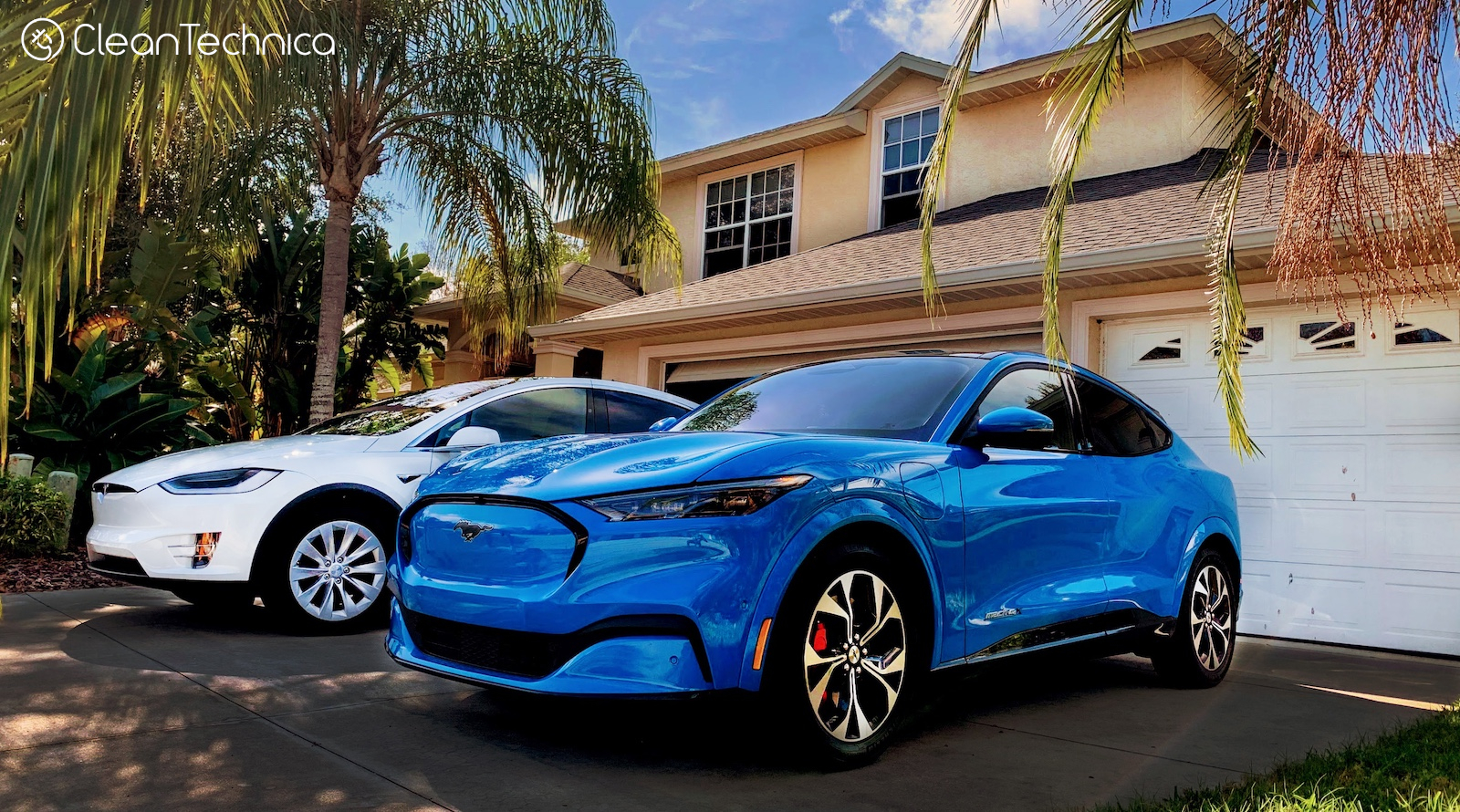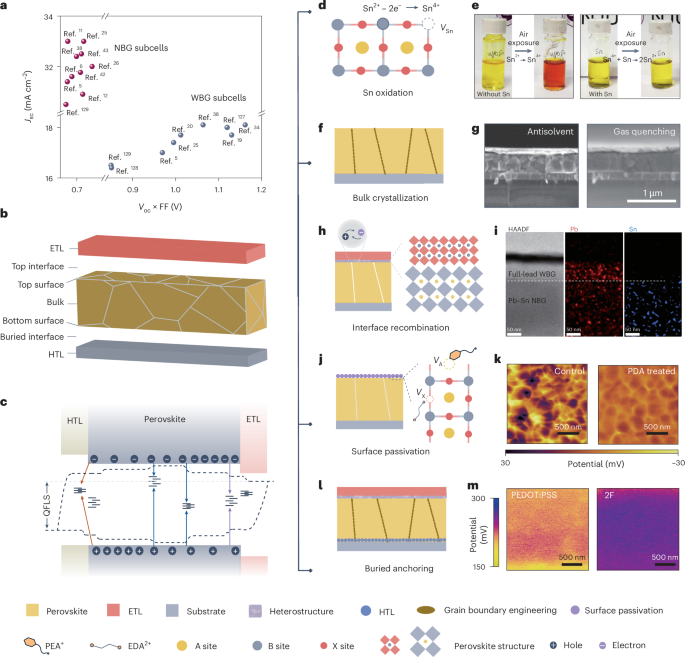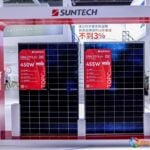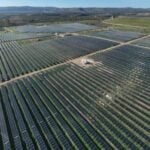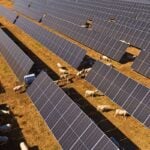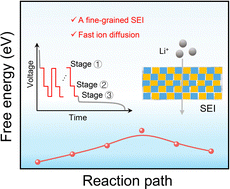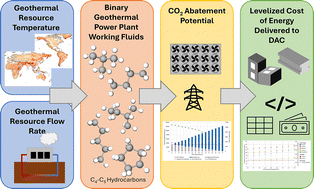Highly Efficient Bifacial Narrow Bandgap Ag‐CuInSe2 Solar Cells on ITO
Advanced Energy Materials, Volume 15, Issue 23, June 17, 2025.

Low bandgap(≈1eV) CISe is required for CIGS/Perovskite tandem configuration. Also, for a bifacial CISe tandem, CISe should be grown on TCO, and the corresponding efficiency from the rear side incoming light should also be enhanced. To enhance front and back illumination efficiency, Ga grading near the back contact is adopted. Adopting Ga near back contact results in the formation of GaOx, and can be successfully mitigated by using low deposition temperature and poor crystallinity at low temperature is also enhanced by adding Ag.
Abstract
Bifacial CuInSe₂ (CISe) solar cells hold significant promise for various applications but are constrained by relatively low power conversion efficiencies. This study boosts performance through reducing CISe absorber deposition temperature and using low-Ga back grading for an optimum gallium-to-indium ratio (Ga/(Ga+In); GGI) profile. Low deposition temperatures reduced ITO back contact thermal degradation, while low Ga concentration reduced GaOX formation and CISe/ITO charge recombination. Ag incorporation significantly improved key photovoltaic parameters, including open-circuit voltage (VOC ) and fill factor (FF), while reducing Cu2−XSe secondary phase formation. This approach enables high-quality CISe growth below 420 °C-substantially lower than conventional temperatures. The study achieves record efficiency in the narrow bandgap CISe category, with Ag-alloyed devices demonstrating a champion rear-side efficiency of 8.44% at 390 °C, and a front-side efficiency of 15.30% at 420 °C. Under the assumption of double-sided total 2.0 solar illumination in an albedo environment, a champion bifacial power generation density (BPGD) of 23.1 mWcm−2 is achieved. Results indicate that lower deposition temperatures enhance rear-side performance, highlighting the role of low-temperature processing, low Ga doping, and Ag alloying in suppressing carrier recombination losses in CISe solar cells.































































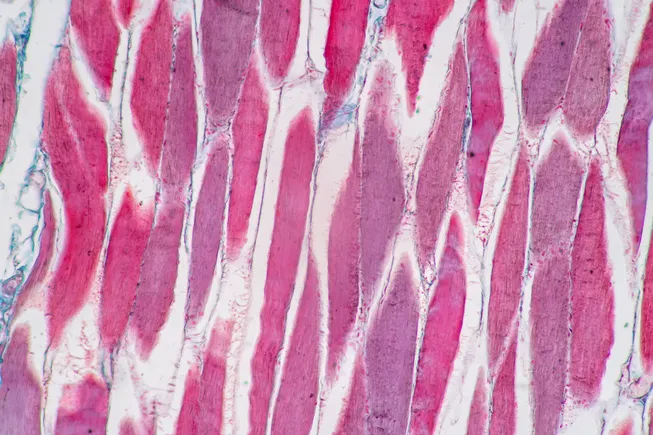









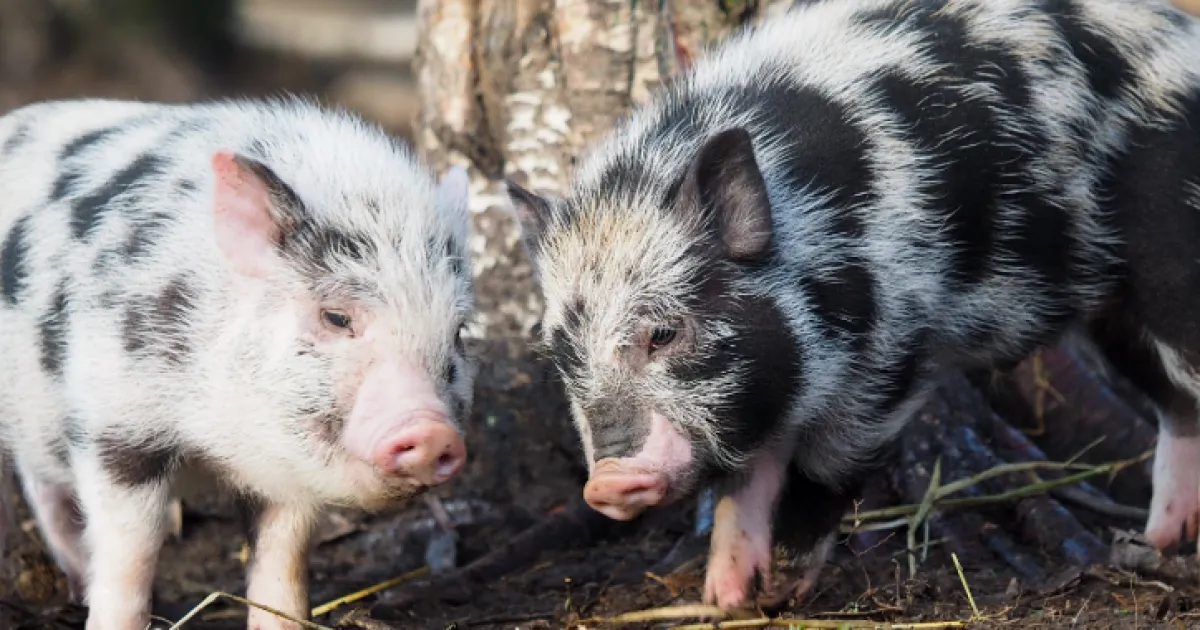







![The sights of Paris Air Show, one last time: Day 4 [Photos]](https://breakingdefense.com/wp-content/uploads/sites/3/2025/06/20250617-helenedelacoste-Paris-Air-Show-037-scaled-e1750357690820.jpg?#)






